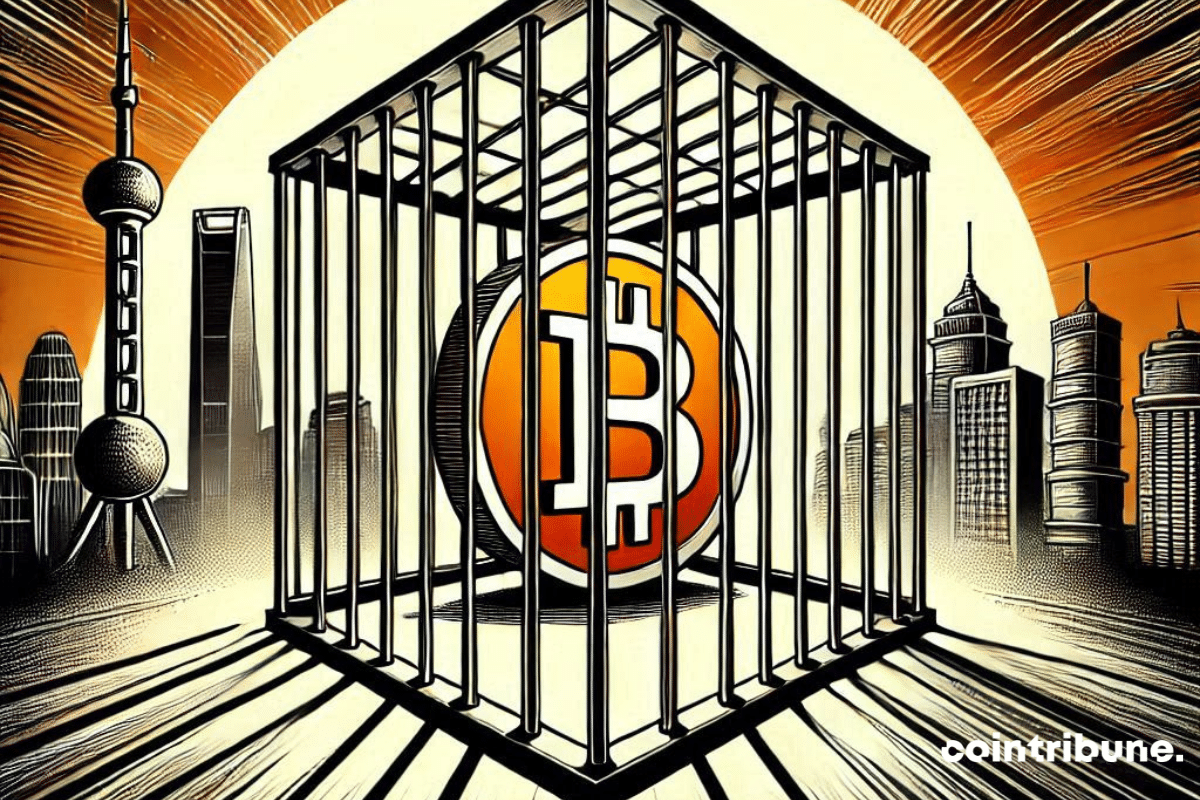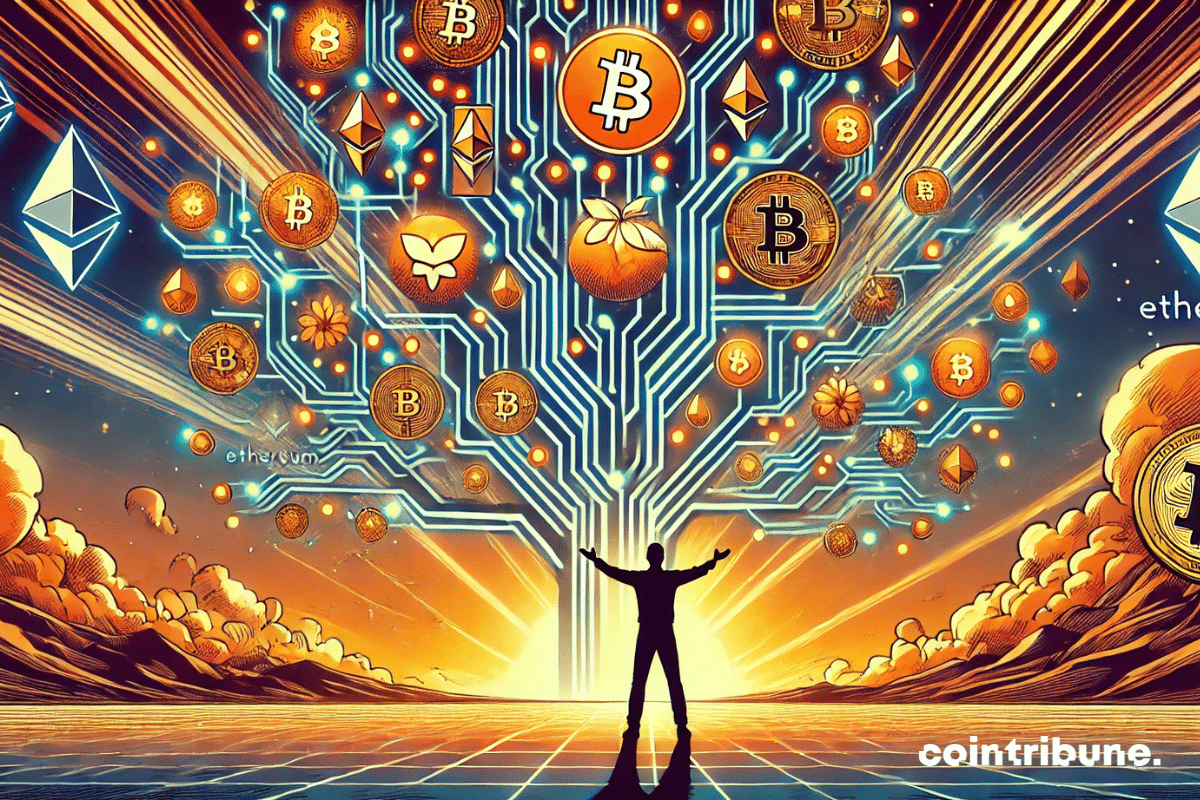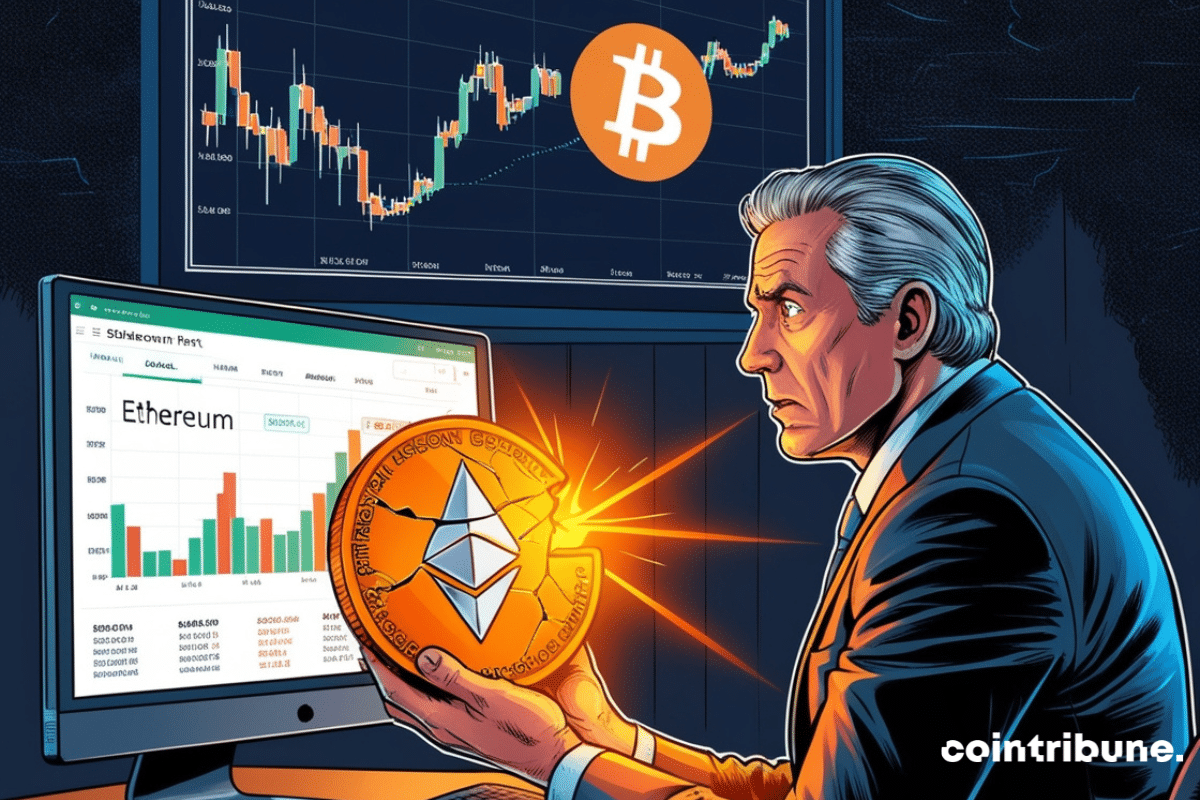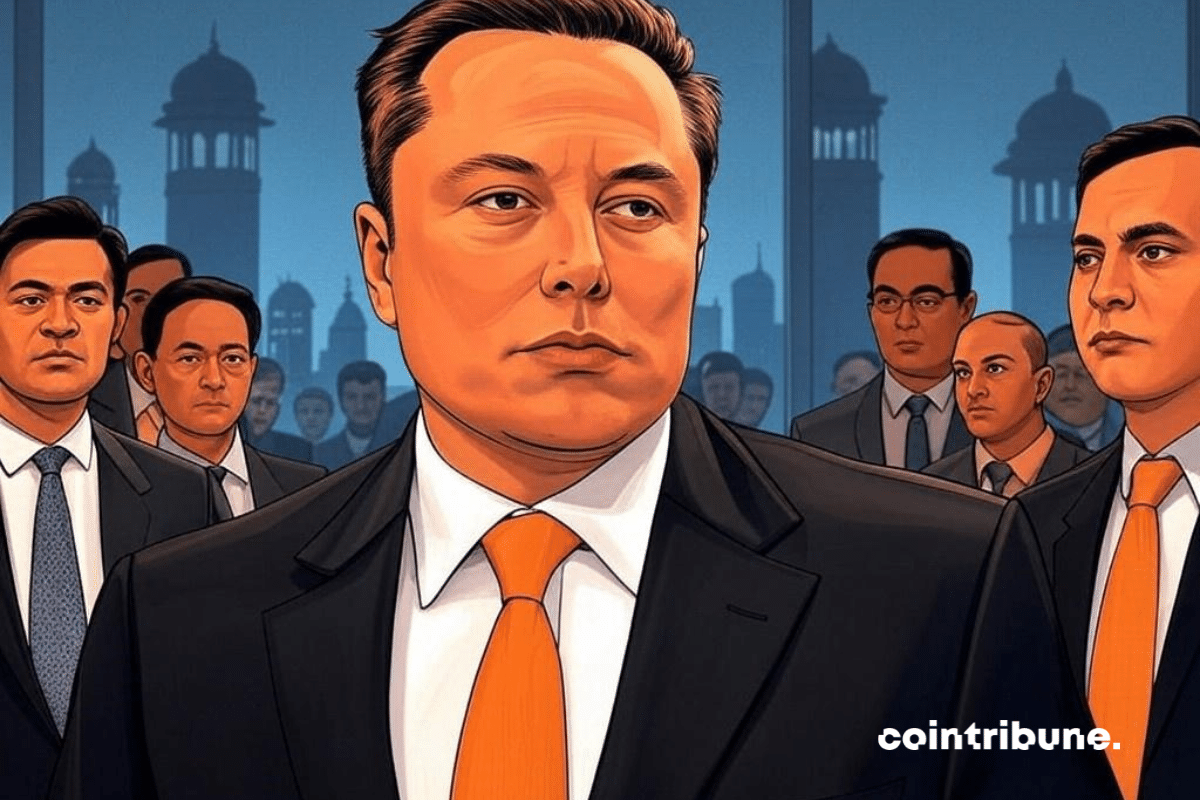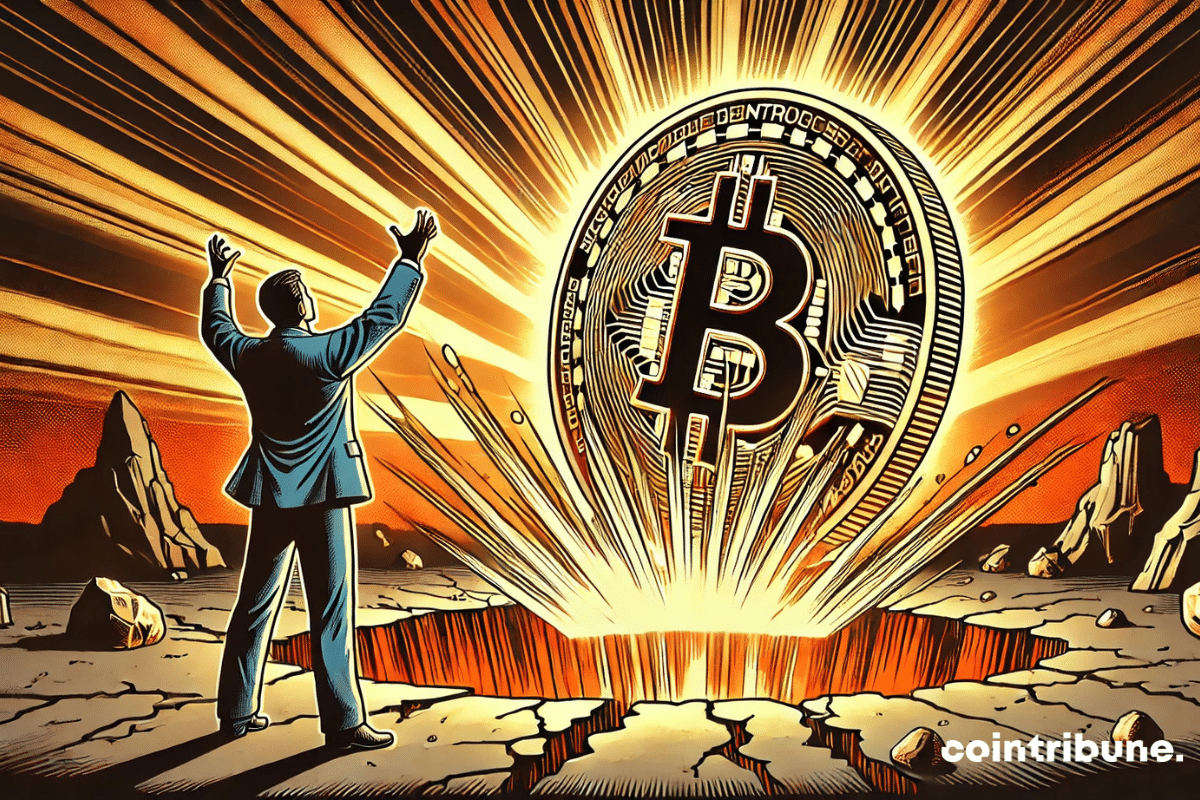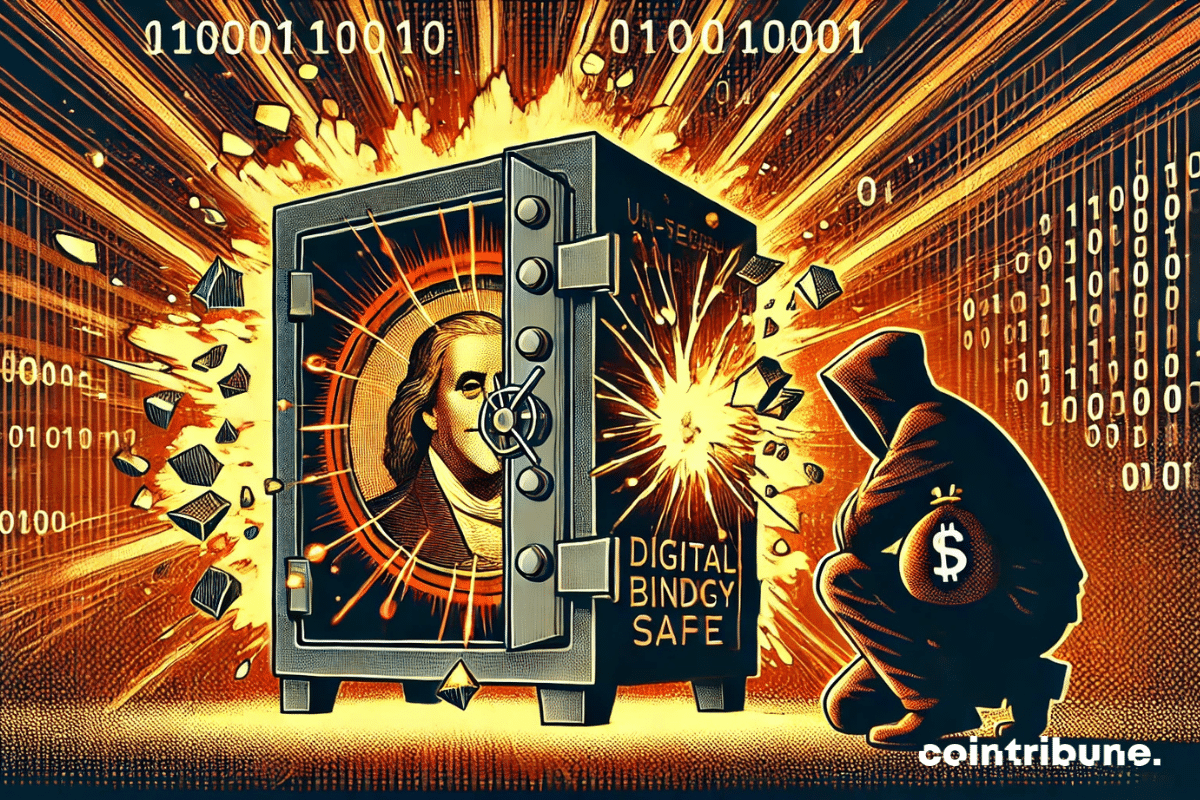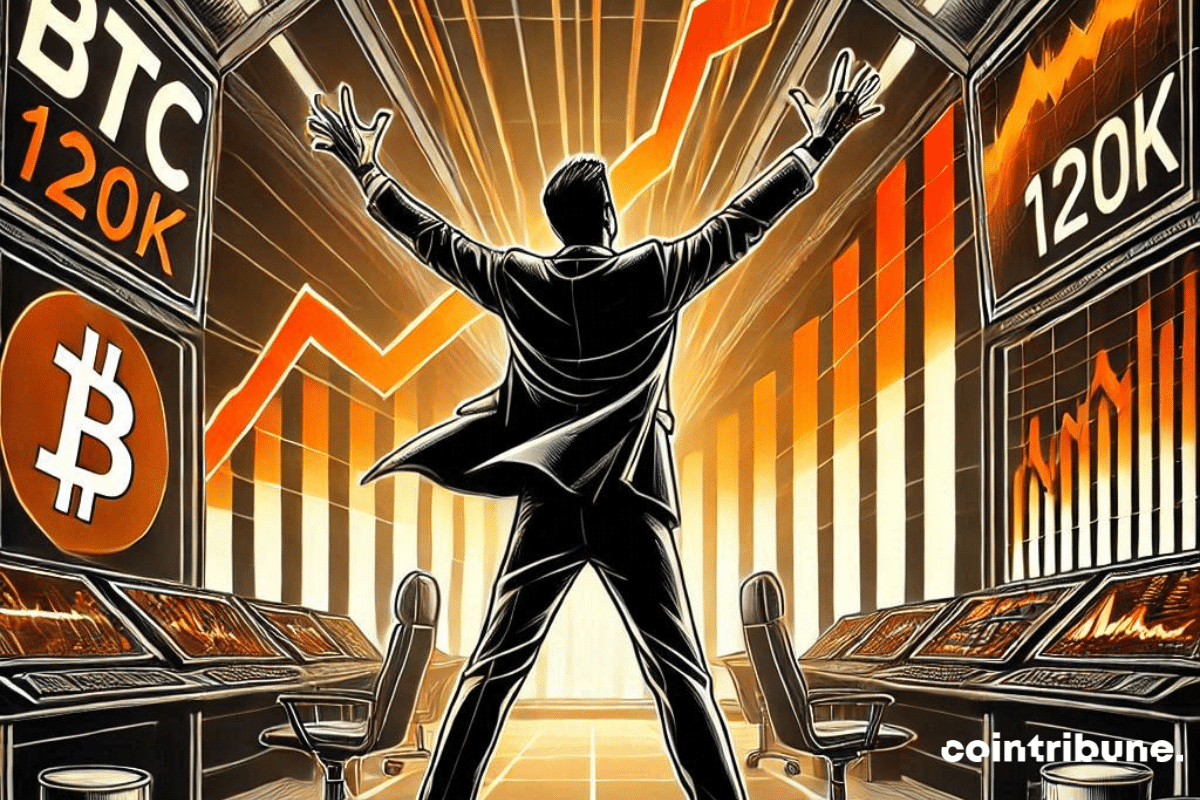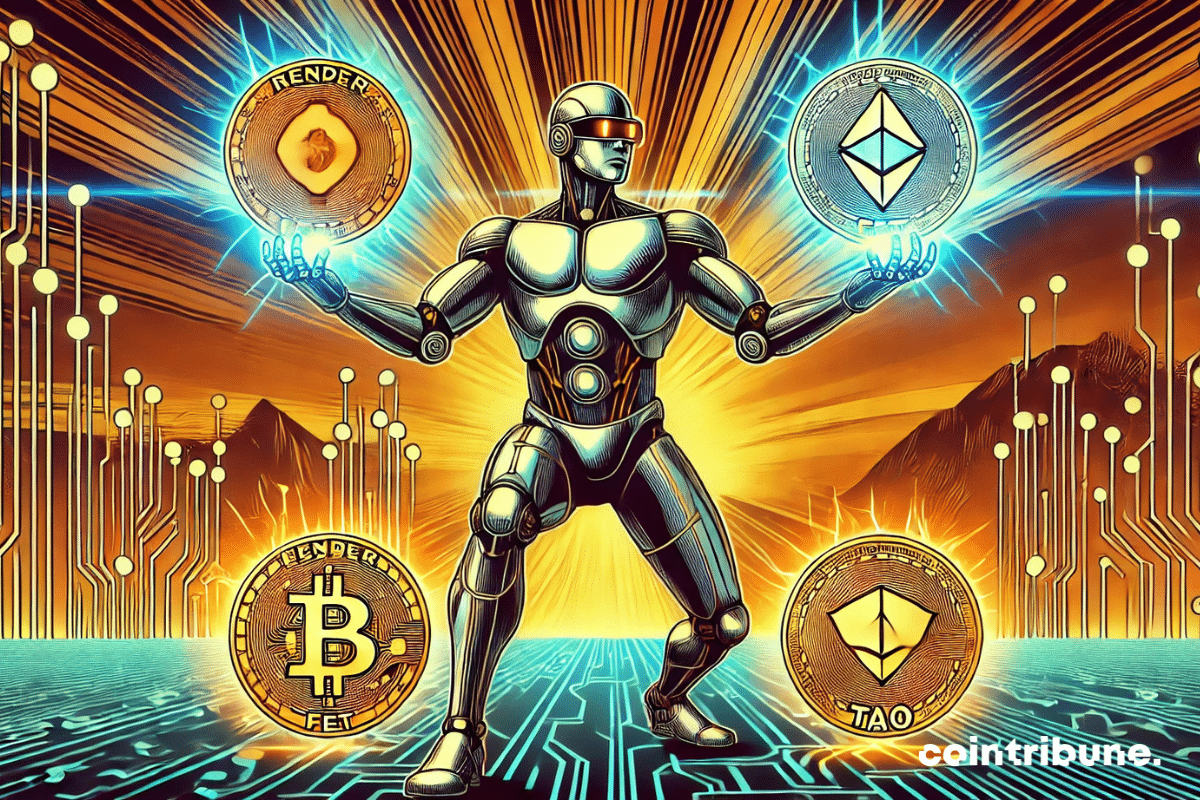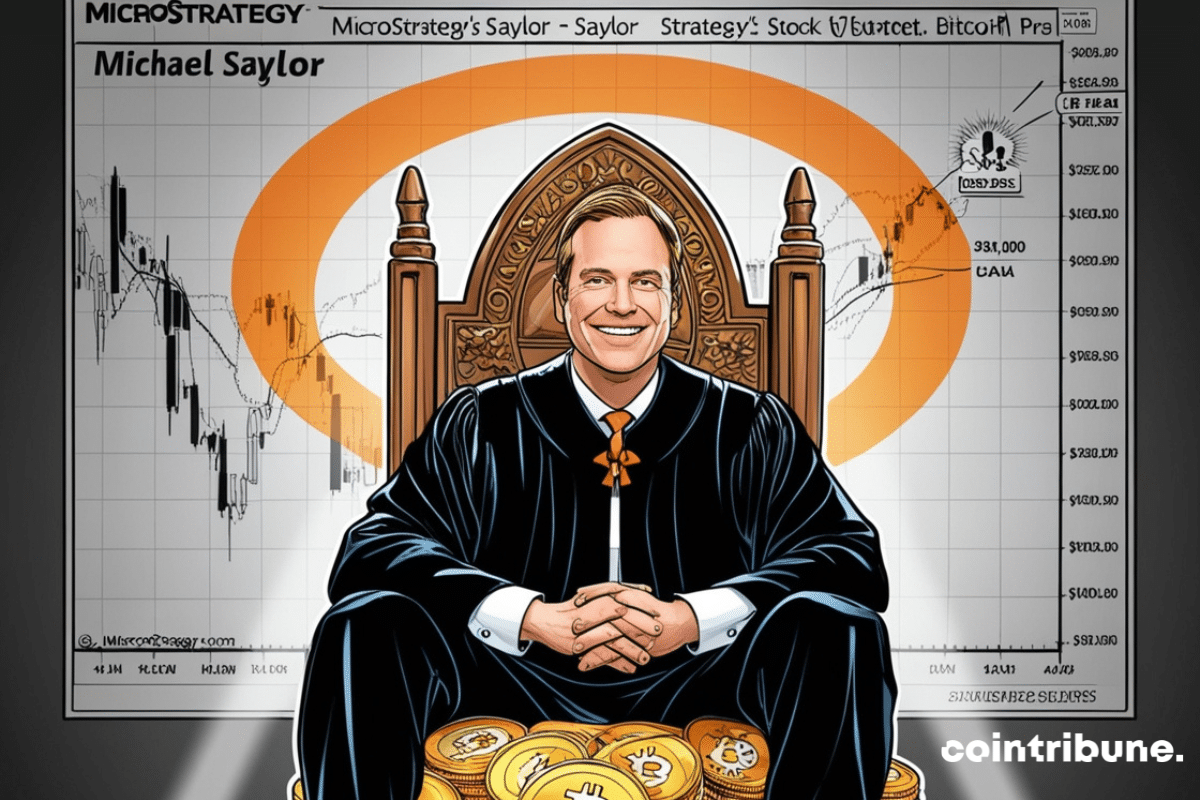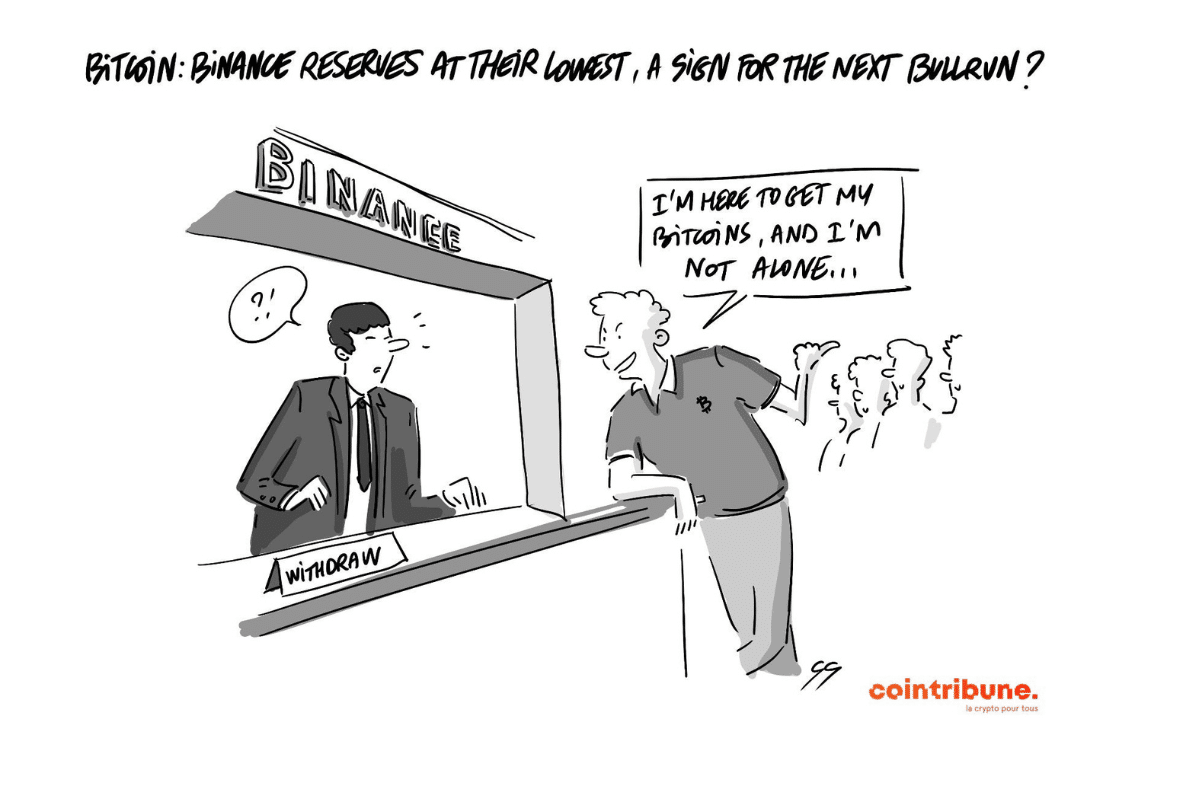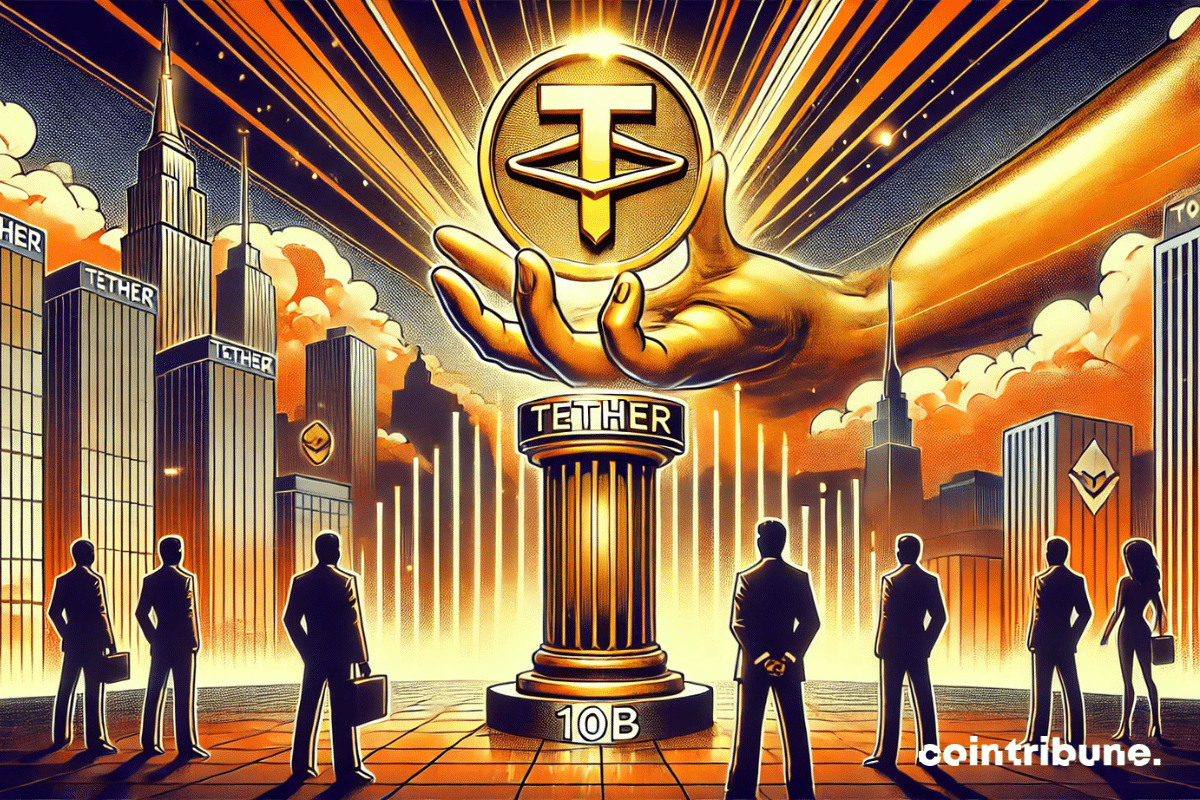Crypto and strained borders: Beijing strengthens its nets. Tracked identities, scrutinized funds, banks become guardians of a game now locked down.
Coin Stats RSS
Vitalik Buterin recently criticized Elon Musk for his aggressive approach to freedom of speech and his excessive use of the "banhammer" (censorship tool). He calls for moderation in debates and to avoid excessive censorship, highlighting the importance of preserving a healthy and inclusive public discourse.
In 2024, cryptocurrencies reached a significant milestone with their increasing integration into global financial systems. This year was marked by major initiatives driven by ambitious regulations and large-scale strategic projects. In the United States, the potential adoption of the Bitcoin Act paved the way for discussions on the role of cryptocurrencies in economic sovereignty. In Europe, the MiCA regulatory framework established unprecedented rules to stabilize markets and protect investors. At the same time, Latin America emerged as a key player, with innovative partnerships like that of El Salvador and Argentina, consolidating their position in the face of local economic challenges. These advancements reflect a global movement in favor of the adoption of these assets and outline a new trajectory for the crypto industry and its future implications.
The idea that a central bank could hold bitcoin may seem like science fiction to some, but in Switzerland, this perspective is gradually becoming a reality. Indeed, the country is considering an amendment to its federal constitution to allow the Swiss National Bank (SNB) to integrate bitcoin into its reserves, alongside gold. This initiative, led by a group of crypto advocates, reflects a desire to incorporate Switzerland into a modern and forward-looking financial dynamic.
In 2025, Americans anticipate a rise in the stock markets and an intensification of international conflicts. This duality could influence financial and crypto markets, making the current year both promising and uncertain for the United States.
While Bitcoin revels under golden skies, Ethereum gropes in the shadows, with no trophy in sight for 2025. The crypto revolution hesitates, one foot in the past.
The world of crypto is set to experience a decisive year, driven by promising innovations and growing threats. Indeed, the potential approval of an ETF based on Solana could mark a significant advancement, providing institutional investors with new access to cryptocurrencies. Meanwhile, the rapid progress of artificial intelligence is redefining trading practices, while similar technologies fuel unprecedented cyberattacks. In this context of upheaval, 2025 stands out as a pivotal year for the industry, where the promises of increased adoption must contend with increasingly complex security risks.
The year 2024 marked a historic turning point for the crypto industry, with Bitcoin surpassing the symbolic threshold of $100,000 in December. Between the resounding successes of Bitcoin ETFs and the colossal losses due to hacks, this year has been rich in twists and turns for the crypto sector.
Bitcoin is Donald Trump's plan B if he fails to persuade the BRICS to stop their rebellion against the dollar.
In December 2024, Solana added 1 billion dollars in stablecoins to its total value locked (TVL)! This brings the total TVL of stablecoins on its network to approximately 5 billion dollars. This significant increase highlights the accelerated adoption of stablecoins and the growing influence of the Solana network in the crypto ecosystem.
Elon Musk has engaged in a public battle to defend H1-B visas. The billionaire, despite being a prominent figure of the conservative movement, now fervently asserts that these visas are "essential for America to keep winning."
Bitcoin could aim for $120,000 as early as January 2025 thanks to record reserves of $45 billion on Binance. Discover the details!
The year 2024 will go down in history as a decisive milestone for Nvidia, an emblematic figure of technological innovation in the era of artificial intelligence. Thanks to visionary investments and strategic advances, the company has reached an unprecedented market capitalization of $3 trillion, consolidating its role as a global leader. This success largely relies on its chips, which equip leading global data centers, and on its CUDA ecosystem, favored by developers. However, this triumph comes with increasing challenges. The rise of ambitious competitors, such as AMD and Broadcom, intensifies the pressure. Moreover, key clients, including Google and Amazon, are actively exploring alternatives to reduce their reliance on Nvidia. These contrasting dynamics place the company at a strategic turning point, where the slightest misstep could redefine the balance of power in the market.
The digital world has become the new battleground for international powers, where each attack can have profound and lasting repercussions. Recently, a major cyberattack struck the systems of the U.S. Treasury, revealing the vulnerability of the technological infrastructures of a state renowned for its defensive capabilities. This incident occurs in the context of intense rivalry between the United States and China, as Washington accuses presumed hackers backed by Beijing of being behind the intrusion. For its part, China firmly rejects these accusations, labeling them as unfounded and denouncing a smear campaign orchestrated by U.S. authorities. More than just a mere digital incident, this case sheds light on the growing geopolitical tensions around cybersecurity and the difficulty of identifying those responsible in an increasingly interconnected world.
A critical security flaw was recently discovered at Tangem, the crypto wallet provider. This vulnerability exposed users' private keys via emails, putting investors' funds at risk. The flaw was uncovered after users reported that their private keys were accessible in email accounts and to Tangem employees.
Bitcoin, fallen hero or reborn phoenix? 2025, the year of all crypto promises, where altcoins could shine with unexpected brilliance.
MicroStrategy's bold strategy in the bitcoin universe continues to attract attention, both for its scale and consistency. While the crypto market remains marked by pronounced volatility, the company, under the leadership of Michael Saylor, reiterates its firm commitment to the leading cryptocurrency. As the year comes to a close, it has once again surprised observers with a new massive purchase of bitcoin, further solidifying its position as an institutional leader in the field. This investment is part of a thoughtful approach aimed at strengthening its reserves, as well as asserting its driving role in the institutional adoption of cryptocurrencies. Such an acquisition, occurring in a context of global economic uncertainties, also illustrates the growing influence of companies on the evolution of the crypto ecosystem.
Bitcoin is approaching a critical resistance zone around $95,090, drawing significant attention from traders and investors. This strategic threshold could determine the next major movement in the crypto market.
In December 2024, decentralized exchanges (DEX) reached a historic high with a monthly volume of $462 billion. This exceptional performance reflects the ongoing rise of decentralized finance (DeFi) and the growing interest of crypto investors in exchange platforms without intermediaries.
In 2024, Ethereum saw a significant increase in its long-term holders (HODLers), reflecting heightened investor confidence. This trend contrasts with the decline in Bitcoin holders, indicating promising prospects for Ethereum in 2025 and significant implications for the crypto market.
The BRICS have been presenting themselves for several years as a credible alternative to hegemonic economic blocs such as the G7. In this context of increasing rivalries among powers, Russia has taken steps to expand this alliance. It then invited Saudi Arabia and Turkey to join its ranks. Moscow hoped to strengthen the bloc's influence on the international stage and to face the pressures from Western economies. However, these efforts encountered a rejection. This setback illustrates the divergent interests among these nations, as well as the challenges that the BRICS face in expanding their circle of influence in a world where geopolitical balances are becoming increasingly complex.
In a world where technology is evolving at a breakneck pace, artificial intelligence (AI) and blockchain are emerging as pillars of innovation. Their convergence paves the way for profound transformations in key sectors such as finance, logistics, and entertainment. These advancements are attracting growing interest from investors and developers, who are always on the lookout for disruptive solutions. Currently, several AI-based cryptocurrencies, notably TAO, FET, and Render, have dominated the rankings of the most active projects on social media. Such a trend, illuminated by data from LunarCrush, illustrates their growing popularity as well as the impact of these technologies on the blockchain ecosystem. These projects, thanks to their ability to generate massive interactions, reflect a positive dynamic that could redefine priorities within the crypto industry.
Bitcoin is Donald Trump's plan B if he fails to persuade the BRICS to stop their rebellion against the dollar.
The crypto market is experiencing a period of uncertainty marked by macroeconomic fluctuations. Nevertheless, Ripple (XRP) stands out with relative stability. Its price moves within a key range, between $2 and $3, which captures investors' attention. This status quo, reinforced by low volatility and mixed technical signals, reflects a fragile balance between buyers and sellers. At this stage, observers are questioning: is this consolidation the prelude to a significant break? The next developments could indeed determine the future of XRP, whether it leads to a bullish momentum towards new heights or a strategic pullback to lower support levels.
Amid hypnotic figures and enchanting tweets, Michael Saylor lines up BTC like stars, transforming MicroStrategy into a digital galaxy worth $41 billion.
Bitcoin is stagnant, investors are softly dozing. But beware: Trump in January could very well add some spice to this lukewarm crypto soup.
Amid revolutionary announcements, technological advancements, and regulatory turmoil, the crypto ecosystem continues to prove that it is both a territory of limitless innovations and a battleground for regulatory and economic challenges. Here is a summary of the most significant news from the past week regarding Bitcoin, Ethereum, Binance, Solana, and Ripple.
Ethereum (ETH) has recently experienced a significant decrease in selling pressure, signaling a possible market recovery. Here are the four main reasons identified that explain this trend, and what it could mean for the future of the Ethereum cryptocurrency.
As Tether is set to announce record profits exceeding $10 billion for 2024, global banking giants are accelerating their positioning in the stablecoin market. From Société Générale to Deutsche Bank, traditional financial institutions are ramping up initiatives to not miss out on this crypto revolution.
The year 2024 marks a major shift for the French real estate market. Indeed, the dynamics that have structured this sector for decades are gradually fading, giving way to profound changes. The massive decline in transactions, the hesitant restart of real estate purchasing power, and the growing importance of energy criteria are reshaping the priorities of buyers and sellers. These transformations go beyond the numbers: they reflect the cumulative impacts of the crisis that began in 2022 and economic uncertainties. Through their 2024 Real Estate Report, the Notaries of France shed light on these contrasting developments. Their analysis goes beyond mere observation. It explores short-term perspectives and opens pathways for a potential recovery in 2025. These projections illuminate immediate challenges, as well as the necessary adaptations to face a market in full transformation.
